The pain is real. The painkillers are virtual reality.
Immersing patients in virtual worlds can reduce the pain of a needle stick as well as more pernicious chronic pain.
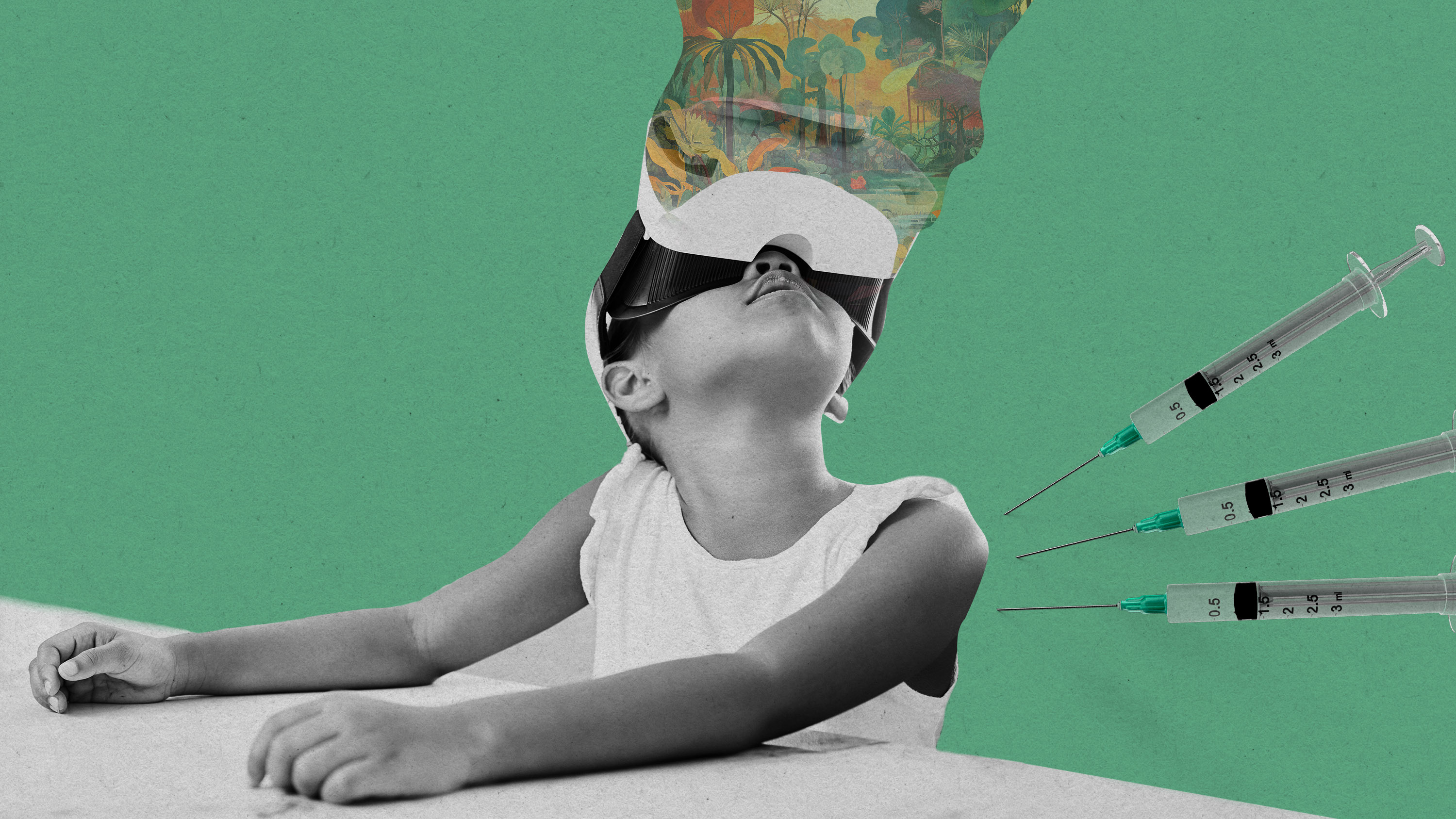
This article first appeared in The Checkup, MIT Technology Review's weekly biotech newsletter. To receive it in your inbox every Thursday, and read articles like this first, sign up here.
I hate needles. I am a grown woman who owns a Buzzy, a vibrating, bee-shaped device you press against your arm to confuse your nerves and thus reduce pain during blood draws. I once was so anxious a nurse gave me a n iPad so I could watch Moana while getting blood taken.
That’s why I was so excited to read about Smileyscope, a VR device for kids that recently received FDA clearance. It helps lessen the pain of a blood draw or IV insertion by sending the user on an underwater adventure that begins with a welcome from an animated character called Poggles the Penguin. Inside this watery deep-sea reality, the cool swipe of an alcohol wipe becomes cool waves washing over the arm. The pinch of the needle becomes a gentle fish nibble.
Studies suggest the device works. In two clinical trials that included more than 200 children aged 4 to 11, the Smileyscope reduced self-reported pain levels by up to 60% and anxiety levelsby up to 40%.
But how Smileyscope works is not entirely clear. It’s more complex than just distraction. Back in the 1960s, Ronald Melzack and Patrick Wall posited that pain signals travel through a series of “gates” in the spinal cord that allow some to reach the brain and keep others out. When the brain is occupied by other stimuli, the gates close and fewer pain signals can get through. “And that's the mechanism of action for virtual reality,” says Paul Leong, chief medical officer and co-founder of Smileyscope.
Not all stimuli are equally effective. “[In] traditional virtual reality you put on the headset and you go somewhere like a beach,” Leong says. But that kind of immersive experience has nothing to do with what’s happening in the real world. Smileyscope aims to reframe the stimuli in a positive light. Mood and anxiety can also affect how we process pain. Poggles the Penguin takes kids on a thorough walk-through of a procedure before it begins, which might reduce anxiety. And experiencing an underwater adventure with “surprise visitors” is undoubtedly more of a mood-booster than staring at clinic walls, waiting for a needle prick.
“There are a lot of ways to distract people,” says Beth Darnall, a psychologist and director of the Stanford Pain Relief Innovations Lab. But the way Smileyscope goes about it, she says, is “really powerful.”
Researchers have been working on similar technologies for years. Hunter Hoffman and David Patterson at the University of Washington developed a VR game called SnowWorld over two decades ago to help people with severe burns tolerate wound dressing changes and other painful procedures. “We created a world that was the antithesis of fire,” Hoffman told NPR in 2012, “a cool place, snowmen, pleasant images, just about everything to keep them from thinking about fire.” Other groups are exploring VR for postoperative pain, childbirth, pain associated with dental procedures, and more.
Companies are also working on virtual reality devices that will address a much tougher problem: chronic pain. In 2021 RelieVRx became the first VR therapy authorized by the FDA for pain. (The FDA keeps a list of all authorized VR/AR devices.) The tool aims to teach people how to manage chronic pain, which is entirely different from the temporary sting of a needle stick. “It’s vastly more complex on every level,” says Darnall, who helped develop RelieVRx and now serves as chief science advisor for AppliedVR, which markets the device.
Chronic pain is long term, and often life altering. “You have now literal changes in your nervous system as a consequence of experiencing pain long term,” Darnall says. “You have stored tension, you have maybe persistent anxiety, your activity levels have changed, you have sleep problems.” The alarm bell rings long after the danger has passed, for months, years, or even decades.
With RelieVRx, the intention isn’t to distract, it’s to teach pain relief strategies that physicians already know work, such as mindfulness, cognitive-behavioral therapy, and relaxation. “We are helping people unlearn some physiologically hardwired pain processes that over time become unhelpful,” Darnell says. “It’s fundamentally skills-based.” Patients use the device six minutes a day for eight weeks, and that seems to be enough for many of them to acquire skills to manage their own pain. At three months, 30% were still experiencing a reduction in pain intensity.
RelieVRx has another benefit, too: it’s meant for home use. That means people don’t necessarily have to schedule appointments with a therapist to receive behavioral pain treatment, which makes therapy more accessible. “It’s dismantling barriers to this type of effective nonpharmacologic care,” Darnall says. That’s good news for the 50 million people in the US who experience chronic pain that can’t be controlled with medication. It’s one more option for a condition that is notoriously tough to treat.
VR won’t be a panacea for people with chronic pain or for anxious kids who need shots, and it’s not risk-free. It can cause nausea, headaches, and motion sickness. But the technology could prove exceedingly useful for some people. People like me.
Providing patients with an escape during painful procedures may not seem like a medical necessity. In most cases, the procedure can be performed successfully either way. But pain is powerful, and a patient’s experience can directly influence future interactions with the medical system. “These experiences in childhood are really sentinel to developing behaviors in later life,” Leong says. “Every time you have a needle, that’s an opportunity for something to go well, or terribly. And if it goes terribly, the next time you go back you’re dreading it.”
That dread can have serious ramifications. Maybe you stop going to the clinic, or you avoid getting treatment. In fact, Leong founded Smileyscope because he had a patient with cystic fibrosis who had been so traumatized by the medical procedures he received as a child that he had “disengaged with care,” he says. The man wanted Leong to put him under anesthesia just to have a routine blood draw. “And I just thought, there’s got to be a better way,” he says.
Now, there just might be.
Read more from Tech Review’s archive
Long before AppliedVR had a device authorized to address chronic pain, Rachel Metz covered the company’s efforts.
Could virtual reality “forest bathing” mimic the health impacts of actually spending time in a forest? Some scientists think so, reports Charlie Metcalfe.
Using virtual reality to relax during surgery may reduce the need for anesthetic. Rhiannon Williams has the story.
From around the web
Big milestone: The UK has approved the world’s first CRISPR gene editing therapy to treat two blood disorders. (Reuters)
A special gene editing technique called base editing has been used to alter DNA in humans in an attempt to lower cholesterol. Verve Therapeutics presented interim trial results at a meeting of the American Heart Association over the weekend. The data suggest that the therapy holds promise but also raised safety concerns. (Nature)
Here’s a new worry about ChatGPT: data manipulation. The latest version put together a startlingly accurate fake dataset that made one type of eye surgery appear much more effective than another. (MedPage Today)
Why high lead levels have been found in pouches of cinnamon applesauce is still a mystery, but the CDC says 22 children have high lead levels in their blood as a result. (CNN)
Deep Dive
Biotechnology and health
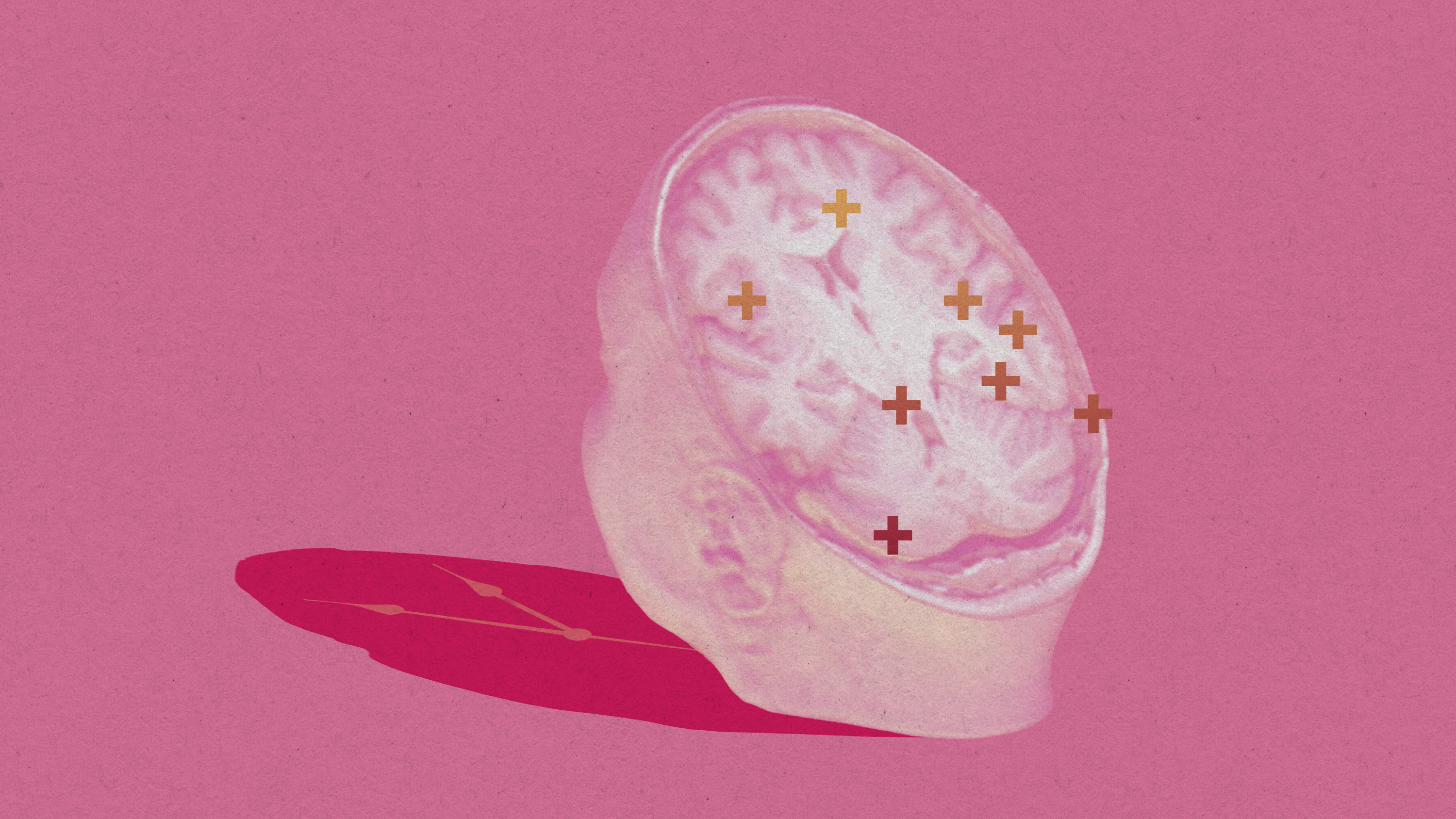
This researcher wants to replace your brain, little by little
The US government just hired a researcher who thinks we can beat aging with fresh cloned bodies and brain updates.
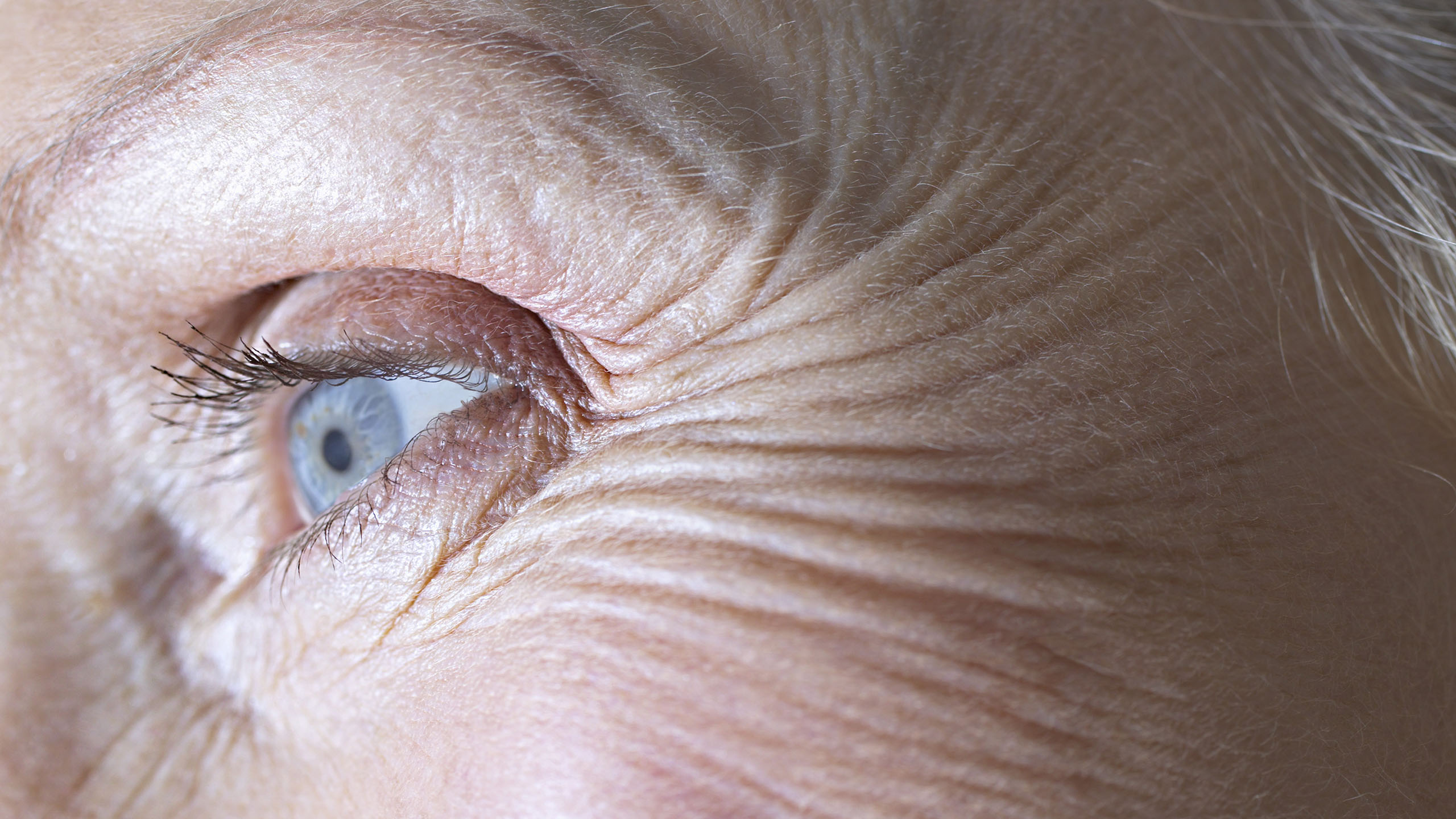
Aging hits us in our 40s and 60s. But well-being doesn’t have to fall off a cliff.
Lifestyle changes could counter some of the deterioration.
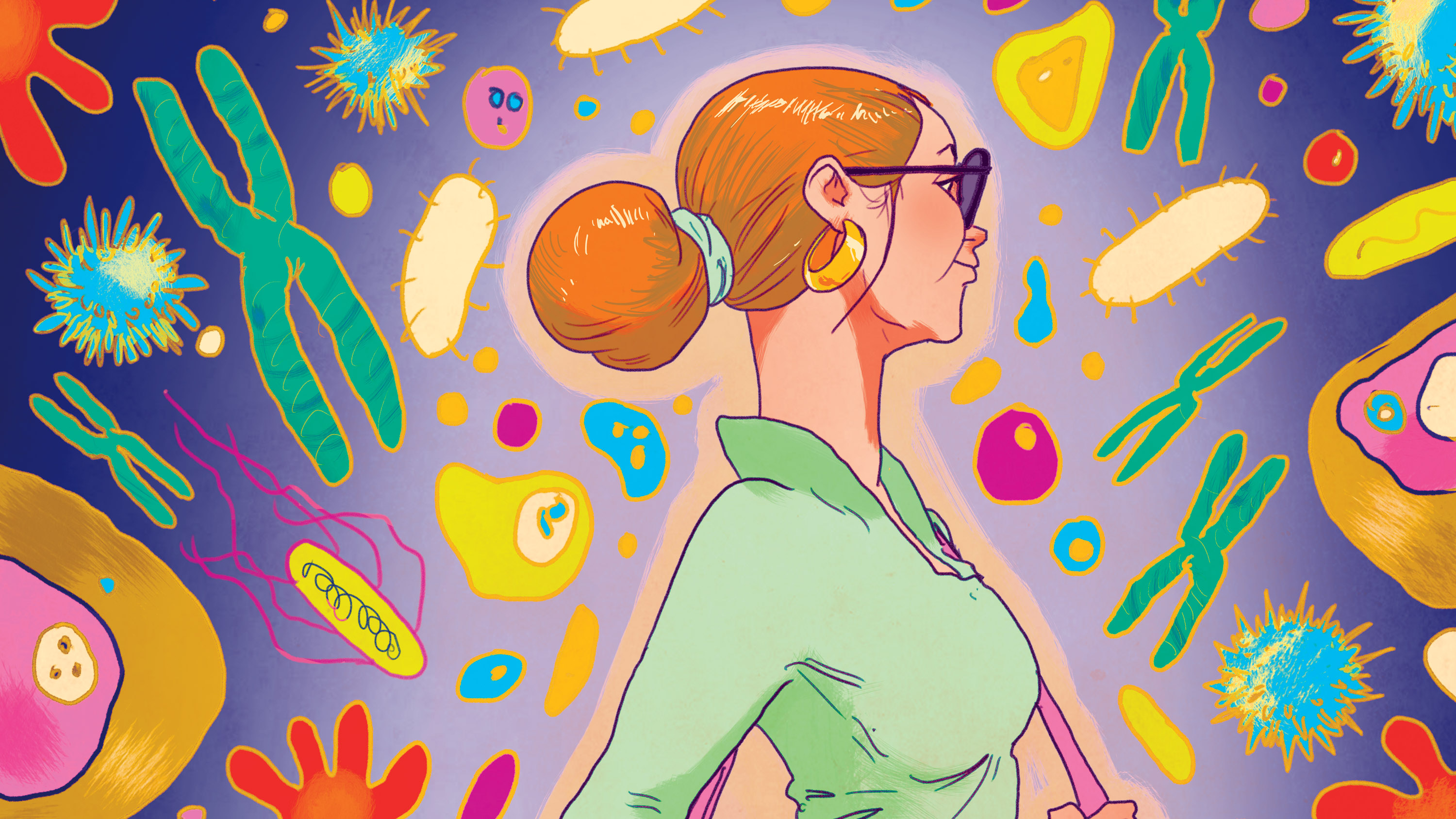
Beyond gene-edited babies: the possible paths for tinkering with human evolution
CRISPR will get easier and easier to administer. What does that mean for the future of our species?
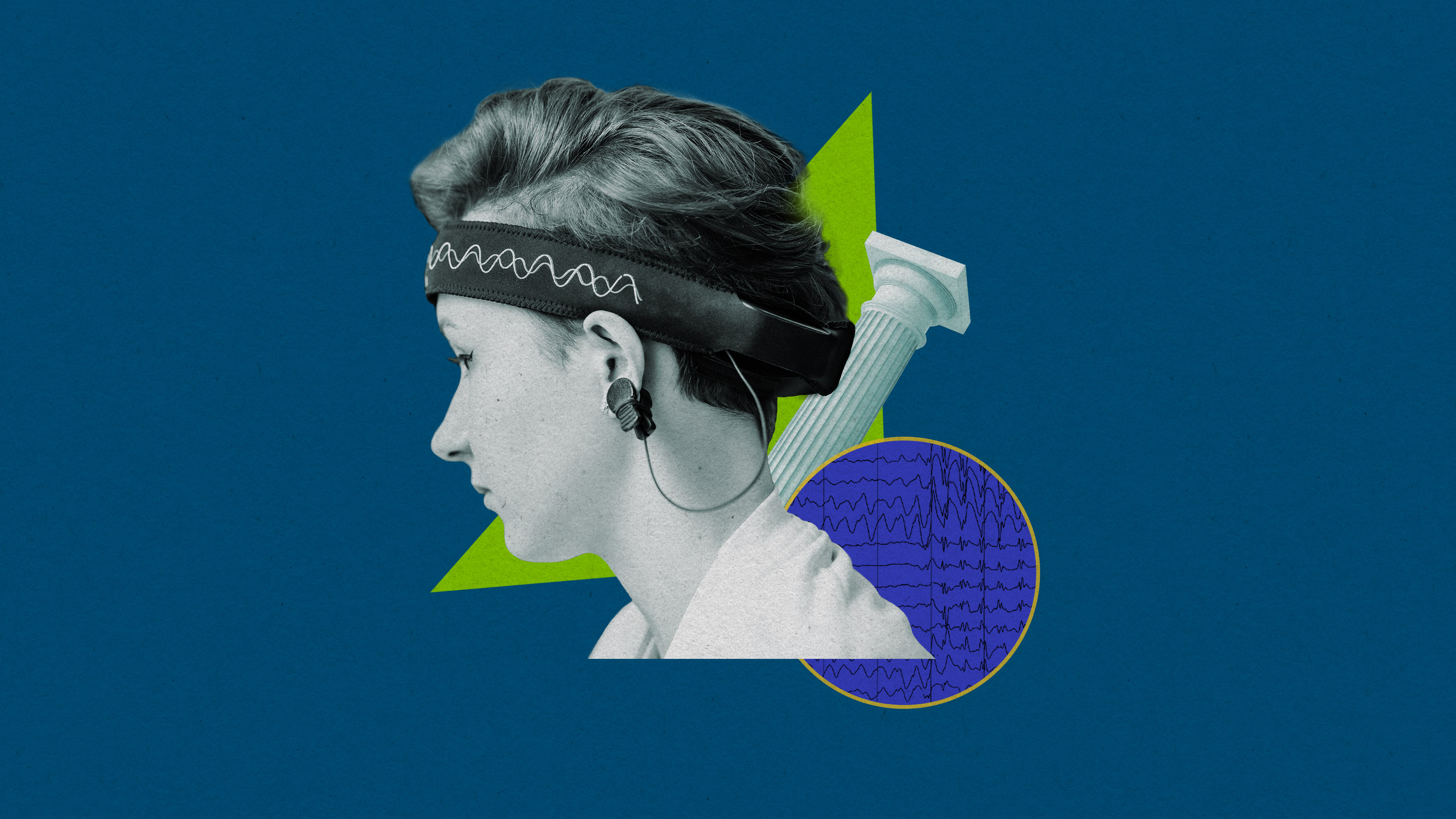
A new law in California protects consumers’ brain data. Some think it doesn’t go far enough.
Tech companies collect brain data that could be used to infer our thoughts—so it’s vital we get legal protections right.
Stay connected
Get the latest updates from
MIT Technology Review
Discover special offers, top stories, upcoming events, and more.